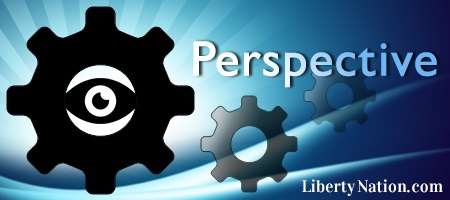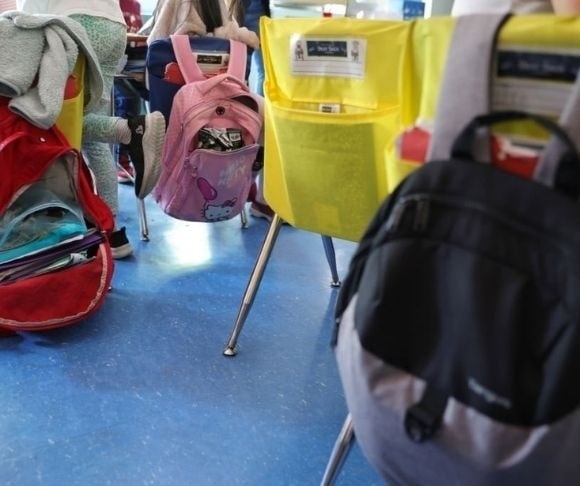Recently, the Arizona legislature passed the nation’s most extensive school voucher program, combined with a reduction in public school spending. The program is part of a trend of increasing education freedom in many states. Could this reflect a departure from the more than 150-year-long bipartisan support for public schools?
The German Model
[signups align=”right”]Most people are unaware that, until the 1840s, almost all education in America was in the form of religious and other private schools or homeschooling, which produced a population with a higher literacy rate than today. Author John Taylor Gatto documented that the public school system adopted at the dawn of the Progressive Era (1896–1916) was imported from militaristic and authoritarian Prussia in Europe. Since then, both Republicans and Democrats have had a love affair with public schools.
Coming Apart
However, in 1970, many Americans on both sides of the political spectrum began to question the model. Although funding for education has been starved for decades, administrative costs have skyrocketed. In 2019, public schools spent more than $13,000 per pupil per year, according to the Annual Survey of School Finances Survey, but only about 20% goes to the teacher.
At the same time, progressive education has shifted emphasis from learning to socialization and ideological indoctrination. Since both parents work in the majority of households, many children are semi-orphaned, with little discipline and minimal respect for their peers or teachers. The culture has shifted from courtesy and citizenry to narcissistic hedonism, filling the classroom with too many out-of-control children who can list all their rights but can’t read properly.
Public schools are also hampered by the power of teachers’ unions, which place the interest of their adult members over the welfare of students. Therefore, many children must endure incompetent, addicted, or abusive teachers.
Education Freedom
 In 1973, only 13,000 children were homeschooled. As the costs and problems in public school accelerated, so did homeschooling. During COVID-19, homeschooling jumped from 2.5 million to 3.7 million. Despite public schools reopening, most who discovered the alternative have not sent their kids back.
In 1973, only 13,000 children were homeschooled. As the costs and problems in public school accelerated, so did homeschooling. During COVID-19, homeschooling jumped from 2.5 million to 3.7 million. Despite public schools reopening, most who discovered the alternative have not sent their kids back.
It is part of a trend of rediscovering American education before the Progressive Era. Former Secretary of Education Betsy DeVos refers to it as education freedom rather than school choice because she recognizes that homeschooling and other solutions, such as online courses, challenge the notion of a classroom in a traditional school.
Before her role in the Trump administration, DeVos worked with former Governor Jeb Bush (R) to expand education freedom in Florida. Today, the state has among the highest numbers of homeschoolers and a dedicated public program to facilitate education freedom. In 2020, it further expanded the K-12 scholarship program under Governor Ron DeSantis (R-FL).
Arizona

(Photo by Michael Loccisano/Getty Images)
Other states are following suit. Arizona enacted its Empowerment Scholarship Accounts (ESA) program in 2011, but only for special-needs students. Recently, Arizona’s legislature passed a bill to increase the program by $1 billion and make it available to all students who could be enrolled in public school. Eligible students receive up to 90% of the funding that would otherwise go to the student’s school district.
Currently, less than 12,000 students use ESA, but under the new rules, 35,000 homeschoolers and 50,000 private school attendees could partake in the program. The typical participant will get between $6,000 and $7,000 per year.
Although the Goldwater Institute calls the bill “a major victory for families,” the Democratic minority opposes it because it will reduce the funding going to public schools. The Democrats claim that the program will benefit only the wealthy.
A February 2022 RealClear Opinion poll shows that the American people disagree: 72% support school choice. Teachers’ unions may not approve, but America is moving toward a new paradigm in education.




